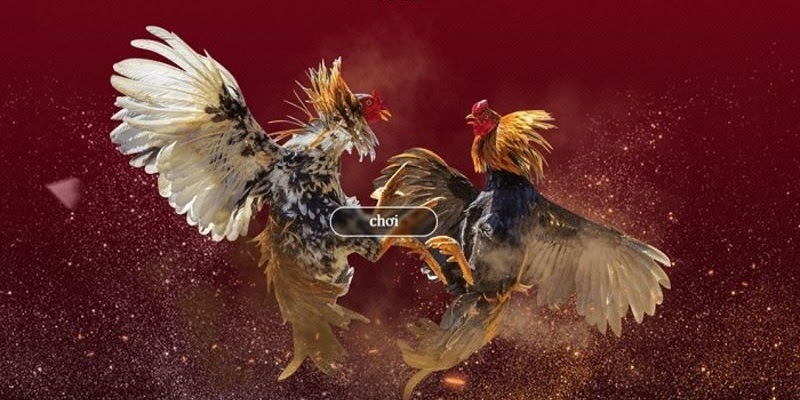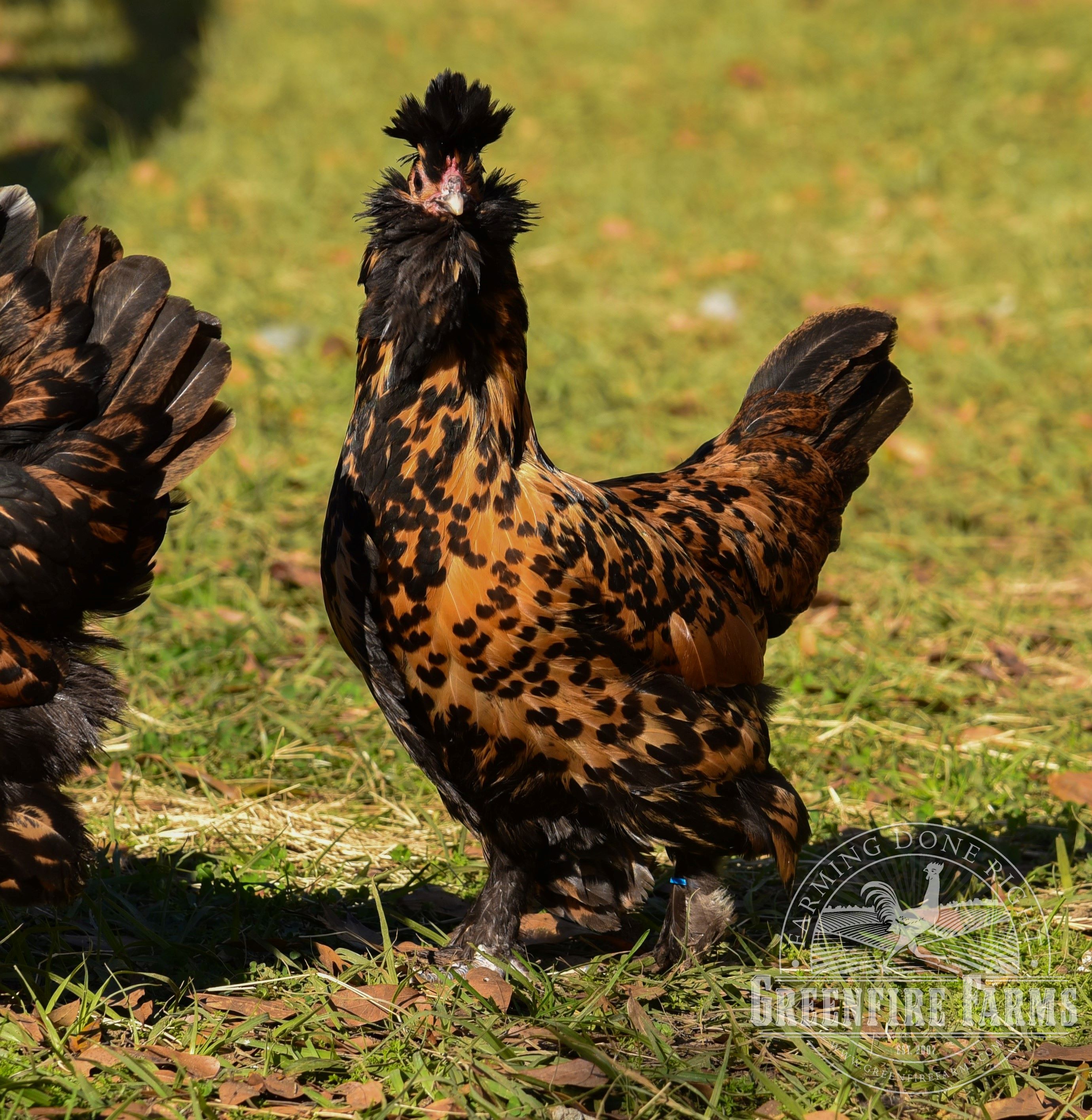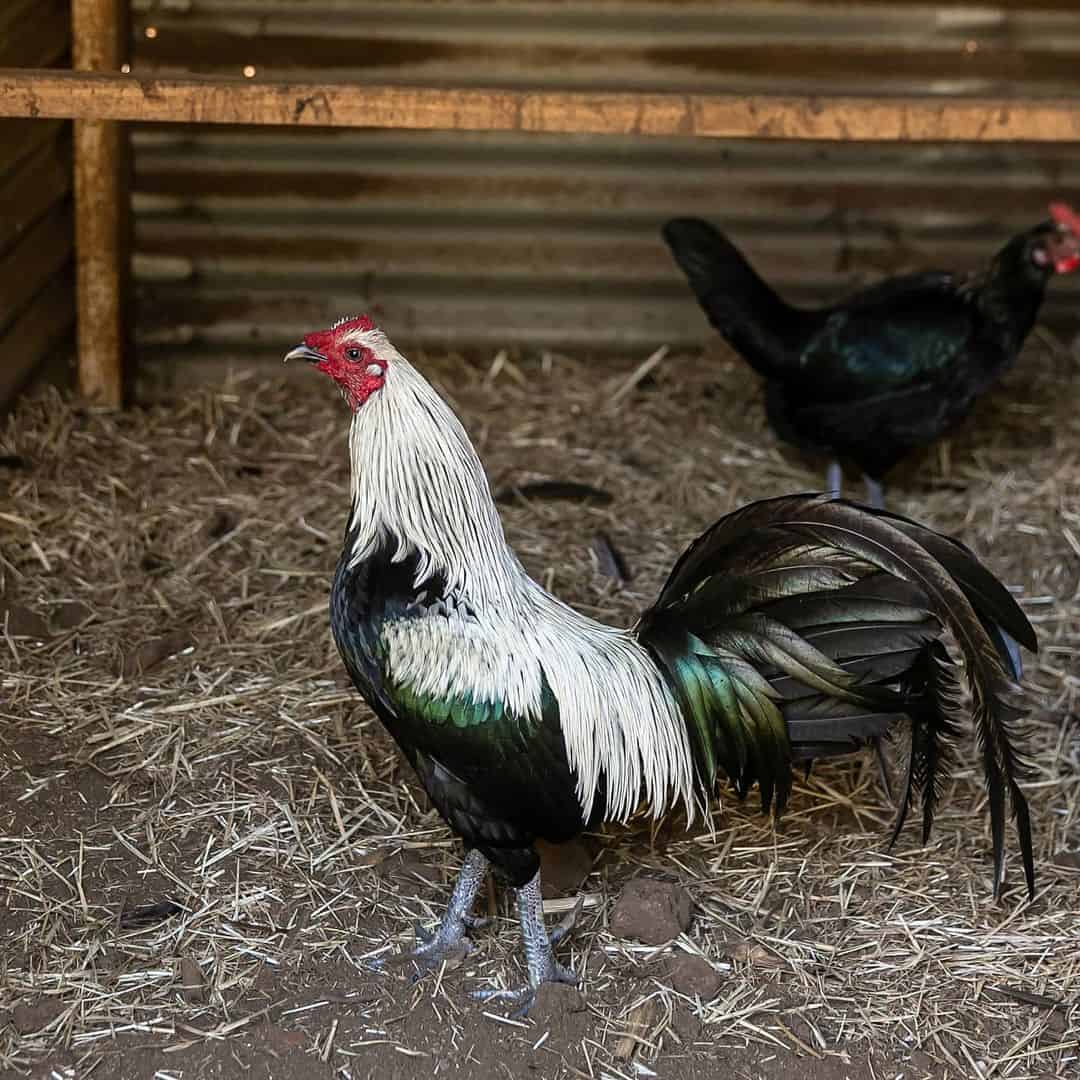Fighting chickens – trực tiếp đá gà thomo have a long and storied history, with roots that trace back to ancient civilizations across the globe. These birds were bred for their strength, agility, and fierce temperament, characteristics that make them well-suited for the competitive world of cockfighting. While this practice has faced significant criticism and legal challenges in many parts of the world, it continues to be a cultural tradition in several countries. In this article, we will delve into various fighting chicken breeds, explore their unique traits, discuss their training and care, and examine the controversies surrounding cockfighting.
 Read more – Các giống gà chọi
Read more – Các giống gà chọi
Understanding the Origins of Fighting Chickens

The origins of fighting chickens can be traced back thousands of years, with evidence suggesting that they were used for combat in places like Persia, China, and India.
Historical Context of Cockfighting
Cockfighting emerged as a popular form of entertainment among various cultures. In ancient Greece, these birds were often featured in religious festivals and rituals, emphasizing their significance in society. The Romans adopted the practice, and it evolved into a form of gambling, where fortunes could be won or lost based on the outcome of fights.
Development of Breeds
As the popularity of cockfighting grew, so did the need for specific breeds that could excel in combat. Early breeders began selectively mating birds that displayed superior fighting abilities, creating distinct breeds. Traits such as size, agility, and aggression became desirable, leading to the development of specialized fighting chickens that we recognize today.
Cultural Significance
In many cultures, fighting chickens are more than just animals; they symbolize strength, pride, and community. Festivals and events centered around cockfighting often draw large crowds and foster camaraderie among participants. However, these cultural practices also raise ethical concerns, particularly regarding animal welfare.
Popular Fighting Chicken Breeds

Several breeds of fighting chickens have gained recognition over the years, each displaying its unique characteristics and strengths.
The Gamecock
The Gamecock is perhaps the most famous fighting chicken breed. Known for its tenacity and aggressive nature, this breed has become synonymous with cockfighting.
Physical Characteristics
Gamecocks tend to be medium-sized birds with muscular bodies and strong legs. Their feathers can come in various colors but are often brightly colored, making them visually striking. They possess a strong beak designed for pecking and defending.
Fighting Style
Gamecocks exhibit an aggressive fighting style characterized by quick footwork and powerful strikes. Their intelligence and instinctive behavior play a crucial role in their combat performance. Gamecocks are known for their ability to adapt to different opponents and strategies during fights.
Temperament
While Gamecocks are bred for aggression in the arena, proper handling from a young age can result in a more docile temperament outside of fighting contexts. This duality makes them interesting pets for some enthusiasts who appreciate their beauty and spirit.
The Asil
Originating from South Asia, the Asil breed is renowned for its historical significance and impressive fighting capabilities.
Unique Features
Asils are characterized by their heavy, muscular build, strong legs, and distinctive plumage. They often have a short, stocky neck and a bold stance, projecting confidence and authority.
Fighting Strategy
Asils are known for their resilience and determination during fights. They often employ a defensive strategy, absorbing blows while waiting for the right moment to counterattack. Their endurance allows them to outlast opponents in prolonged bouts.
Legacy
The Asil breed holds a revered position in many cultures, often being associated with honor and bravery. In some regions, owning and breeding Asils is considered a noble pursuit, and they are highly valued in local traditions.
The Shamo
The Shamo breed hails from Japan and is celebrated for its unique appearance and formidable fighting prowess.
Distinctive Appearance
Shamos are easily recognizable due to their tall stature, long legs, and broad chests. Their feathers can range from black to white and are often glossy, giving them an impressive presence.
Fighting Technique
Shamos are known for their aggressive and powerful fighting technique. They combine brute strength with strategic movements, allowing them to dominate their opponents. Their high stamina levels are an asset in extended encounters.
Cultural Importance
In Japanese culture, the Shamo is regarded as a symbol of courage and strength. The breed is often featured in traditional art and literature, underscoring its significance in Japanese heritage.
The Ethics and Controversies Surrounding Cockfighting

Despite its historical roots and cultural relevance in certain societies, cockfighting is a subject of intense debate and scrutiny.
Animal Welfare Concerns
One of the primary arguments against cockfighting revolves around animal welfare. Critics point out that the practice often leads to severe injuries and death for the birds involved. Many organizations advocate for the humane treatment of animals and view cockfighting as cruel and inhumane.
Legal Challenges
In recent years, numerous countries have enacted laws banning cockfighting and related activities. These legal measures reflect growing societal awareness of animal rights and the push towards more ethical treatment of animals. However, proponents of the sport argue for its cultural significance and the responsible management of the animals involved.
Community Impact
For some communities, cockfighting serves as a source of income and social interaction. Efforts to ban the practice may lead to economic hardship for those whose livelihoods depend on it. This complexity highlights the delicate balance between preserving cultural traditions and promoting animal welfare.
Changing Perceptions
As society evolves, so do attitudes toward cockfighting. Many people are beginning to view the sport through a critical lens, emphasizing the need for compassion and ethical considerations.
Education and Advocacy
Organizations and activists are working to educate the public about the realities of cockfighting and its impact on animal welfare. Advocacy efforts aim to promote alternative forms of entertainment that do not involve harm to animals.
Future of Fighting Chickens
The future of fighting chicken breeds remains uncertain amid ongoing legal battles and changing societal values. While some breeds may continue to be cherished within specific cultural contexts, the broader movement toward animal protection will likely influence how these birds are perceived and treated.
FAQs
Are all fighting chickens aggressive?
Not necessarily. While fighting chickens are bred for certain aggressive traits, their temperaments can vary widely based on genetics, upbringing, and care. Properly raised birds can exhibit friendly behavior outside of fighting scenarios.
What are the main breeds used in cockfighting?
Some of the most notable fighting chicken breeds include the Gamecock, Asil, and Shamo. Each breed has its unique characteristics and fighting styles, contributing to the diversity of the sport.
Is cockfighting legal everywhere?
No, cockfighting is illegal in many countries around the world, including much of Europe and the United States. However, it remains legal or tolerated in certain regions, often depending on cultural traditions.
How are fighting chickens trained?
Training typically involves conditioning the birds to improve their stamina, strength, and fighting skills. This process may include physical exercises, controlled sparring sessions, and careful diet management.
What happens to fighting chickens after their careers?
The fate of fighting chickens varies depending on individual circumstances. Some are retired and kept as pets, while others may face dire outcomes if they are no longer deemed useful for fighting. Responsible breeders and owners focus on humane treatment and care for their birds.
Conclusion
Fighting chicken breeds embody a complex interplay of history, culture, ethics, and sport. While they represent a longstanding tradition in various societies, the modern perspective increasingly emphasizes the importance of animal welfare and ethical treatment. The conversation surrounding cockfighting continues to evolve, prompting discussions about cultural practices, responsibility, and our relationship with animals. Whether one views fighting chickens as symbols of strength or as victims of cruelty, it is clear that their story reflects deeper societal values and challenges that resonate across generations.
